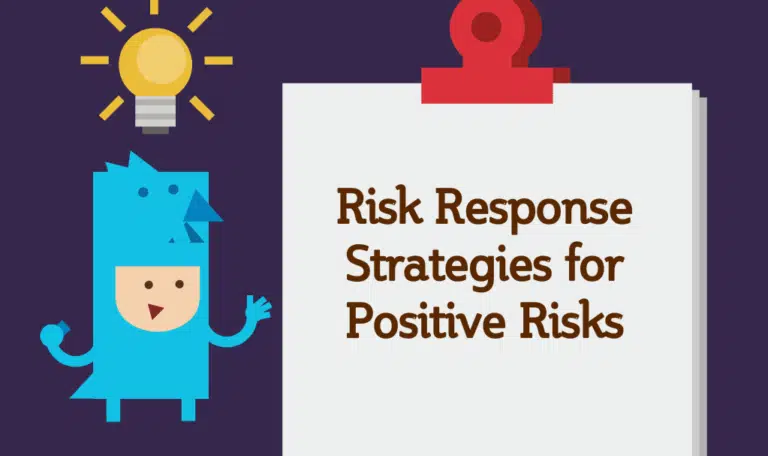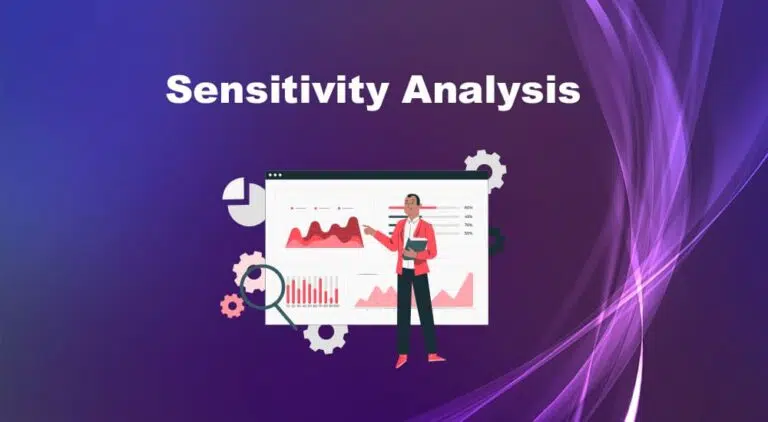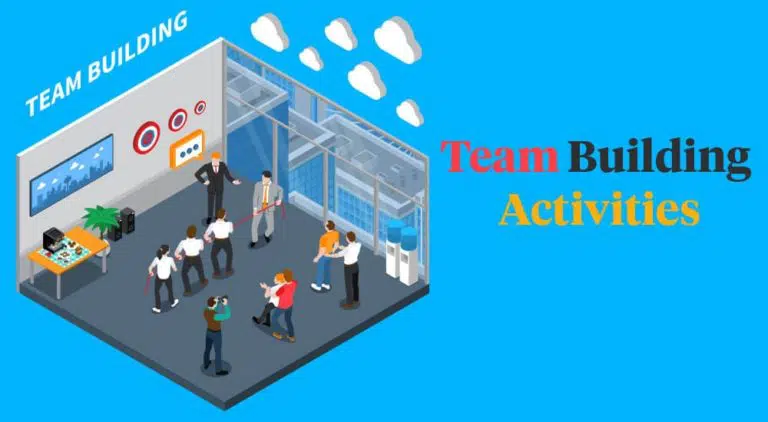Waterfall methodology is the most popular project management methodology for managing traditional projects. This methodology is suited for projects that require a sequential approach.
This is the oldest form of project management that provides expected results with the least hassle.
In today’s post, I will explain the Waterfall project management methodology and its pros and cons. I will also provide examples.
What is Waterfall Project Management?
Waterfall project management, or traditional project management, is the simplest form of project management. In this method, you divide the project into sequential phases that do not overlap and complete them individually. Once the previous phase is completed, you move to the next phase.
The phases are not repeatable—unless you divide a large project into phases, and each phase will have its own lifecycle. In this case, the project will have one lifecycle for each phase, and each phase will have its own project charter.
In Waterfall project management, the project has a well-defined scope; each team member’s roles and responsibilities are clear, and the work is completed sequentially, with little external intervention from the client.
Waterfall project management methodology is useful for projects with fixed requirements. These projects have a singular timeline, with defined milestones and a fixed duration, and requirement changes are rare and costly.
Stages of Waterfall Project Management
Projects using Waterfall methodologies have the following stages:
- Requirements: In this stage, you will collect the project and product requirements. This is an important step, and based on the requirements, you will develop the project, product scope, and project management plans.
- System Design: In this stage, you will develop the system design by providing details on the user interface, programming language, and other tools and technologies.
- Implementation: In this stage, you will put your plan into action. The software development team will develop the product, as defined in the design stage.
- Testing: After developing the first version of the product, the software development team will hand the software over to the QA team, who will then run tests to check its quality and find errors, bugs, refinement opportunities, etc.
- Deployment: In this stage, the client will deploy the software to the live environment, where the end user will use the product for the first time.
- Maintenance: Regular maintenance will be required after deploying the product. For example, if a bug is discovered, then the development team will update the code to remove it.
The project phases or stages are different from the five phases of project management. Click here to read more about the five phases of project management.
Advantages and Disadvantages of Waterfall Project Management
In Waterfall project management, all requirements are well defined; they rarely change during the project lifecycle, and client interference is minimal if the project is on schedule and within budget. Clients are satisfied if you provide them with regular project updates via performance reports.
I have managed Waterfall projects and witnessed minimal client involvement. In this situation, everything is planned, and team members follow the plan throughout the project lifecycle.
In Waterfall projects, changes are costly and time consuming, which is a major drawback of this methodology. Changes can also cause conflict, demotivate team members, and negatively affect the work environment.
Waterfall projects are also unsuitable for projects with unclear requirements.
Summary
Waterfall project management is the most popular methodology, and it is recommended for your project if your requirements are fixed, and the project will not require changes.

I am Mohammad Fahad Usmani, B.E. PMP, PMI-RMP. I have been blogging on project management topics since 2011. To date, thousands of professionals have passed the PMP exam using my resources.






